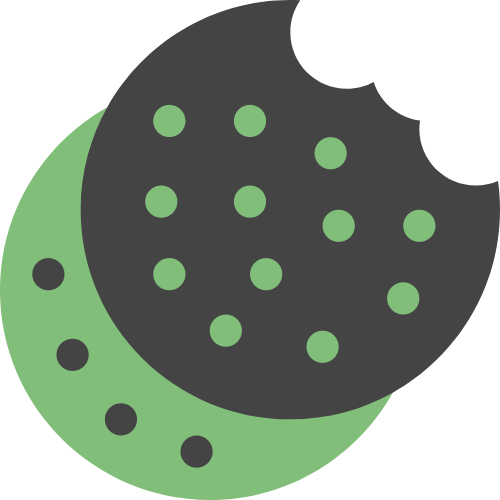
What’s The Difference Between Daily And Therapeutic Use Of Functional Foods?
Functional foods can be used in two main ways: daily (for maintenance and prevention) and therapeutically (for targeted support). The difference lies in the dosage, frequency, and intention behind use. Understanding the therapeutic use of functional foods versus daily intake can help personalize your wellness plan based on your body’s needs.
Daily Vs Therapeutic Use: What To Know
- Daily Use: Low-to-moderate doses taken consistently for long-term vitality, prevention, and balance
- Therapeutic Use: Higher doses, often short-term or cyclical, used to target specific conditions or recovery phases
- Daily use builds resilience; therapeutic use addresses acute or chronic issues like inflammation, deficiency, or detox needs
- Always consult your practitioner before shifting to therapeutic doses — especially with polyphenol-rich or fat-soluble compounds
For example, 1 tsp of fermented pomegranate daily is great for antioxidant support — but 2–3 tsp for 7–10 days may help during immune stress or recovery. Understanding the therapeutic use of functional foods can help you shift intelligently when needed.
What Research Tells Us
- Daily olive oil polyphenols support cardiovascular health over time, while therapeutic doses reduce inflammation markers within weeks 1.
- Curcumin shows different benefits depending on dose and duration — low doses for prevention, higher doses for pain or inflammation relief 2.
- Therapeutic vitamin D3 dosing can raise serum levels quickly, but must be adjusted based on individual need and baseline 3.
Research supports the therapeutic use of functional foods in managing inflammation, immune function, and recovery — especially when dosed correctly.
Summary: Match The Dose To The Purpose
Functional foods can be used as part of a daily wellness lifestyle or as targeted tools during times of greater need. Use lower doses consistently for long-term health — and higher, therapeutic doses when addressing specific conditions under the guidance of a practitioner.
Tip: The therapeutic use of functional foods is most effective when guided by timing, condition, and practitioner insight — then return to daily use.














